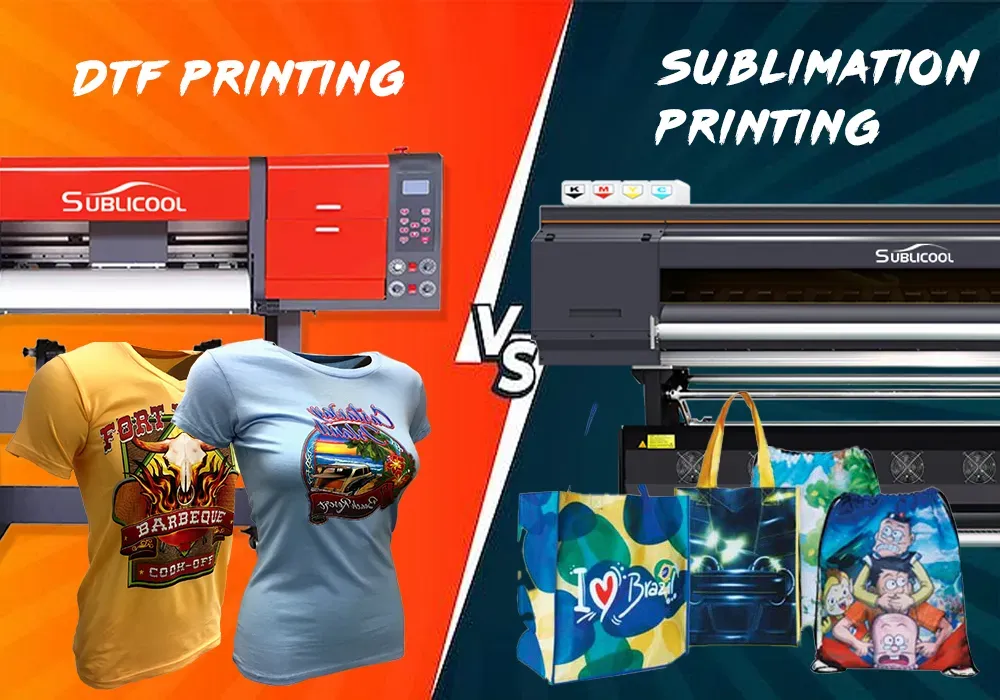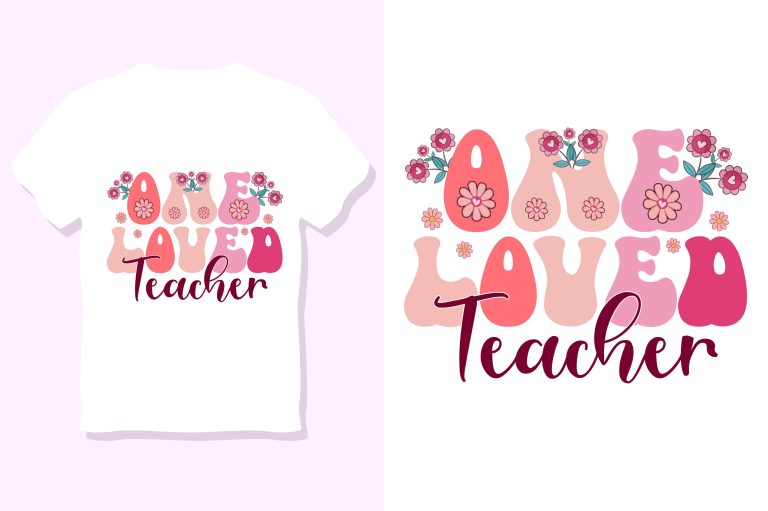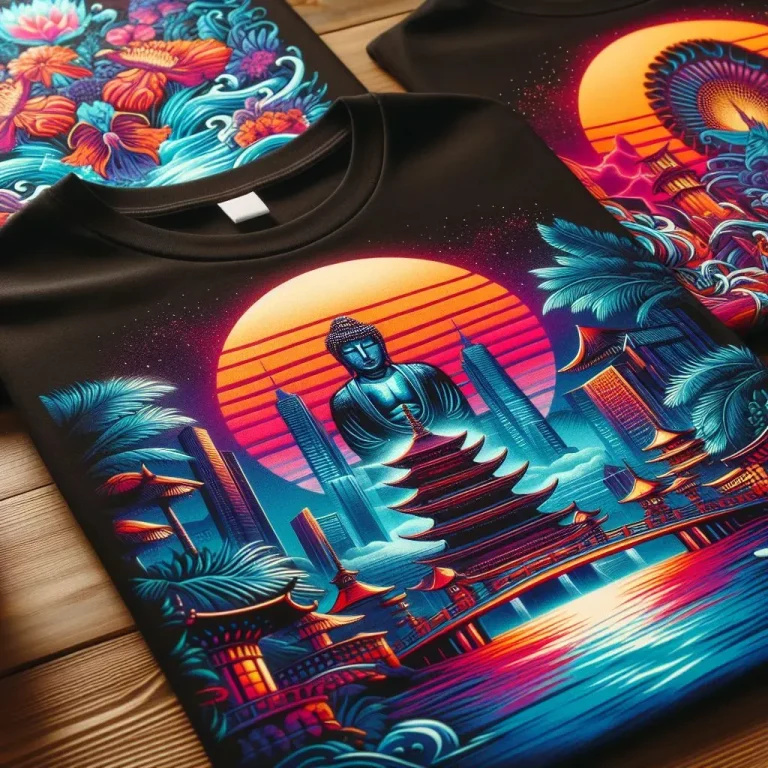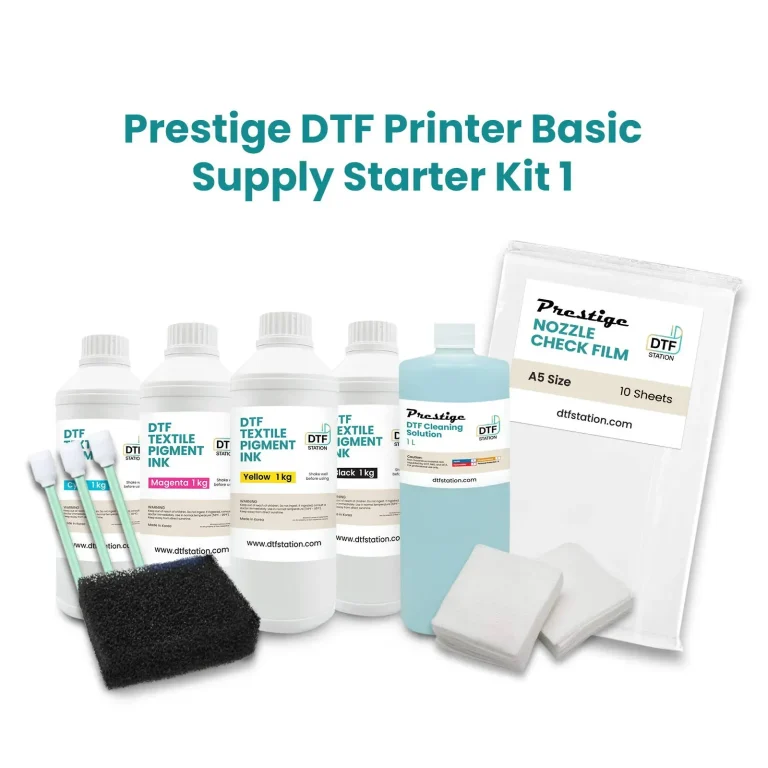When it comes to custom apparel, the debate between DTF Transfers vs. sublimation is heating up among creators and entrepreneurs alike. These popular printing methods each offer unique benefits, but understanding their differences is key to making an informed choice. DTF (Direct-to-Film) Transfers allow for impressive detail and vibrant colors, making them ideal for intricate designs. In contrast, sublimation printing excels in longevity and integration with synthetic fabrics, providing a seamless and lasting finish. By looking deeper into these two techniques, from print quality to durability of transfers, you can find the perfect solution for your apparel needs.
In the realm of custom garment creation, DTF and sublimation printing represent two distinct techniques that cater to varied requirements. The first method revolves around Direct-to-Film Transfers, which offer flexibility across fabric types, while sublimation focuses on dye integration with polyester materials. The nuances of applying these methods can greatly impact factors such as design complexity, color vibrancy, and product longevity. Furthermore, their application ranges from personalized gifts to promotional items, showcasing how important it is to select the right approach based on your project goals. By examining the advantages and intended uses of each technique, you can better navigate the options available for your custom apparel endeavors.
Understanding the DTF Printing Process
DTF printing, or Direct-to-Film printing, is a relatively new and innovative method used for customized designs on fabric. The process begins with printing the desired image onto a special film using inks that are specifically formulated for this technique. After the film is printed, it is covered with a powder adhesive which is then cured by heat, allowing the sticky film to bond well with a variety of fabric types. This approach is particularly advantageous as it facilitates the transfer of vibrant images onto multiple substrates, not just limited to polyester but also to cotton and poly-cotton blends.
The reliability of DTF printing stems largely from its ability to produce highly detailed and intricate designs—an aspect that is crucial for personalized products in the custom apparel market. Additionally, the DTF process allows for a rapid production turnaround, catering to the increasing demand for custom clothing and merchandise. For startups and small businesses looking to enter the custom printing market, DTF printing provides a flexible option that accommodates both low and high volume orders.
Exploring Sublimation Printing for Custom Apparel
Sublimation printing offers a unique approach to producing high-quality custom apparel, specifically designed for fabrics that have a high polyester content. The process involves using a heat transfer dye that converts from solid to gas, penetrating the fabric fibers for a permanent bond. This means that sublimated designs become part of the material itself, which results in vibrant, photo-quality prints that withstand repeated washing without fading. As consumers increasingly seek personalized and quality-driven products, sublimation has become a preferred choice for creating stylish sportswear, custom gifts, and promotional items.
Another benefit of sublimation is the sheer variety of products it can be utilized on, although it is typically limited to items made predominantly from polyester or polymer-coated substrates. This technique excels in applications where durability, feel, and brightness are essential, making it highly regarded for athletic wear and custom merchandise. As the market for custom apparel continues to expand, understanding the sublimation process becomes essential for businesses aiming to offer standout products.
Comparing Print Quality: DTF vs. Sublimation
When it comes to print quality, there’s a notable distinction between DTF transfers and sublimation printing. DTF transfers are celebrated for their ability to capture intricate designs with a sharp, crisp finish. This is particularly beneficial when creating custom apparel featuring detailed artwork or text. However, the overall quality can vary depending on the choice of film and printer setup, which requires users to be mindful of their material choices for the best results.
Meanwhile, sublimation printing is often considered the gold standard for print quality. The process of dye penetration into the fabric ensures that sublimated images boast rich, vibrant colors and an impressive level of detail that remains intact even after numerous washes. The seamless integration of the dye with the fabric fibers provides a professional-grade finish that many consumers demand in custom apparel.
Durability Differences in DTF Transfers and Sublimation
Durability is a key factor when assessing the long-term viability of printed apparel, and here, sublimation printing takes the lead. Since the dye bonds directly with the fabric, sublimated designs display remarkable resistance to fading, peeling, and cracking, making them ideal for high-performance apparel that undergoes regular wear and washing. This durability advantage ensures that sublimated items maintain their vibrant appearance for years, appealing to consumers who prioritize longevity in their custom apparel.
In contrast, while DTF transfers can also offer decent durability, they tend to fade or crack over time, especially if subpar materials are used or if care instructions aren’t followed properly. Therefore, businesses must carefully consider the quality of inks and films they utilize alongside the fabric type to ensure the longevity of DTF-printed products. This can affect customer satisfaction and ultimately their willingness to reorder from a brand.
Cost Analysis: DTF Transfers vs. Sublimation Printing
From a cost perspective, DTF transfers often represent a more economical option, especially for small-scale operations. The initial investment required for DTF printers and materials is generally lower than that of sublimation setups, making it a practical entry point for entrepreneurs in the custom printing space. This affordability allows businesses to experiment with various designs without committing extensive capital, giving them the flexibility to grow with the market demands.
On the other hand, while sublimation printing can entail a higher upfront cost due to the necessity of specialized printers and materials, it pays off in the long run when considering print quality and durability. For companies planning to scale their operations or focus on high-quality production, sublimation’s ability to deliver superior results offsets the initial expense. As the marketplace evolves, understanding these cost implications is crucial for making informed decisions.
Future Trends in DTF Transfers and Sublimation Printing
As the landscape of custom apparel continues to evolve, both DTF transfers and sublimation printing are witnessing innovative advancements. In recent years, improvements in printing technology and the development of specialized inks have led to enhanced print quality and more cost-effective options within the DTF space. This growth in technology is making it easier for small businesses to adopt DTF printing without sacrificing quality, contributing to its rising popularity in the custom merchandise market.
Conversely, the sublimation printing sector is thriving, driven by the increasing demand for personalization and customization fueled by e-commerce’s expansion. Consumers are searching for unique products that reflect their identities and preferences, prompting businesses to invest in more sophisticated sublimation techniques. Additionally, suppliers are focusing on creating new designs, versatile applications, and eco-friendly materials, ensuring sublimation remains relevant in a competitive marketplace.
Frequently Asked Questions
What are the main differences between DTF Transfers and sublimation printing?
DTF Transfers involve printing onto a special film that is then heat-pressed onto various fabric types, allowing for vibrant and intricate designs. In contrast, sublimation printing uses heat to turn dye into gas, embedding it into 100% polyester or polymer-coated materials, producing vivid, long-lasting prints. The main differences lie in material compatibility and the printing process used.
How does the print quality of DTF Transfers compare to sublimation printing?
While DTF Transfers can produce sharp and detailed images, sublimation generally offers superior print quality. Sublimation excels in creating vibrant colors and photorealistic designs as the dye bonds with the fabric fibers, resulting in prints that resist fading and peeling over time.
Which printing method, DTF Transfers or sublimation, offers better durability for custom apparel?
Sublimation printing provides exceptional durability since the dye becomes part of the substrate, preventing peeling or cracking, even after numerous washes. On the other hand, DTF Transfers can fade or crack depending on the ink quality and care, making sublimation the more durable choice for custom apparel.
What types of fabrics can I use with DTF Transfers compared to sublimation printing?
DTF Transfers can be applied to a wide range of fabrics, including cotton, blends, and synthetics, making them versatile for various products. In contrast, sublimation printing is limited to 100% polyester or polymer-coated items, which restricts its application primarily to specific materials.
Is DTF printing more cost-effective than sublimation printing for starting a custom apparel business?
Yes, DTF Transfers typically have a lower initial investment, with more affordable printers and films, making them a popular choice for startups. Conversely, sublimation printing involves higher costs for printers and materials, which may be worthwhile for businesses focused on high-quality output.
What applications are best suited for DTF Transfers versus sublimation printing?
DTF Transfers are ideal for a wide range of custom apparel and accessories, including T-shirts and bags, suitable for both individual items and bulk production. Sublimation printing is highly sought after for custom sportswear, personalized gifts, and promotional merchandise, where vibrant visuals and durability are crucial.
| Aspect | DTF Transfers | Sublimation |
|---|---|---|
| Process Overview | Prints image on film, uses heat press for transfer. | Uses heat to convert dye into gas, embedding it into the fabric. |
| Material Compatibility | Compatible with cotton, blends, synthetics. | Best for 100% polyester and polymer-coated items. |
| Print Quality | Produces sharp images, quality varies based on setup. | Superior quality with vibrant, photorealistic designs. |
| Durability | May fade or crack over time, depending on care. | Highly durable, colors do not fade, peel, or crack. |
| Cost Consideration | Lower initial investment, affordable printers and films. | Higher upfront costs for equipment and materials. |
| Applications | Versatile for custom apparel and accessories. | Ideal for sportswear, gifts, and promotional items. |
Summary
In the debate of DTF Transfers vs. Sublimation, it’s essential to weigh your specific requirements. DTF Transfers offer versatility across multiple fabric types and a lower cost of entry, appealing to entrepreneurs seeking a wide range of applications. Meanwhile, sublimation excels in delivering exquisite print quality and durability, making it ideal for high-performance items and vibrant designs. As both technologies continue to evolve and respond to market demands, understanding their unique advantages will assist you in making the best choice for your printing needs.





